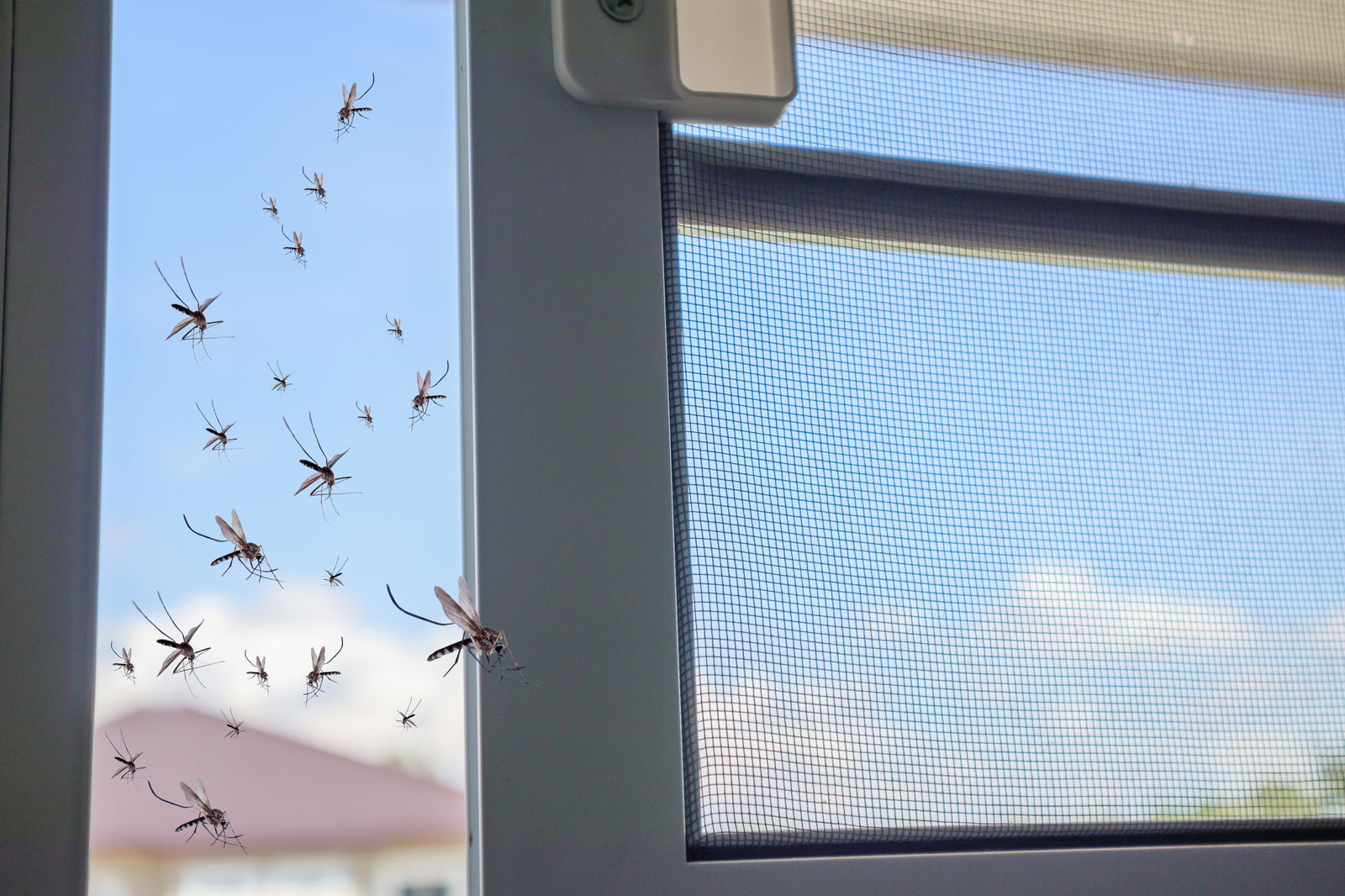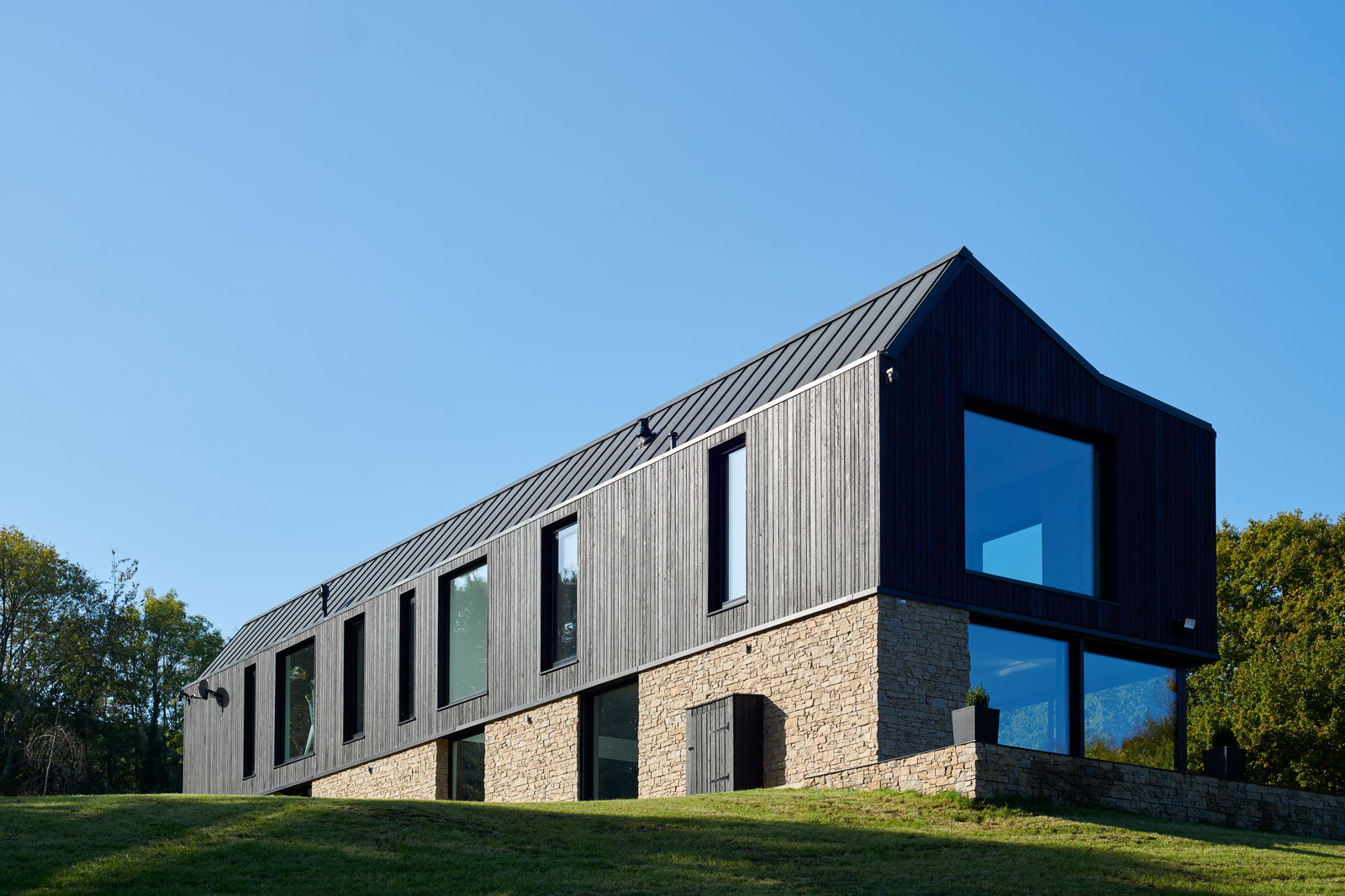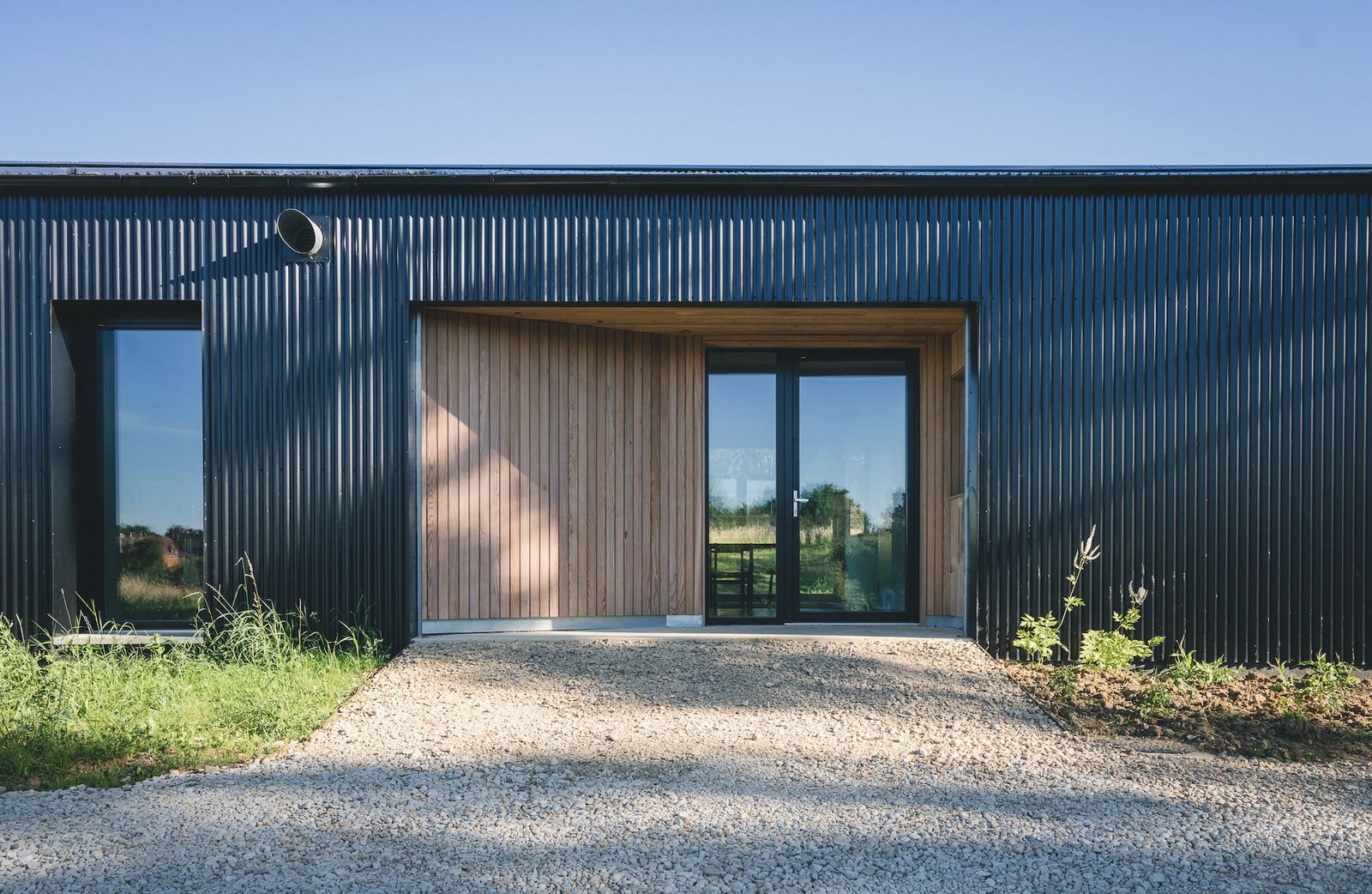1. General Strategies for Preventing Condensation and Mould
1.1 Control Indoor Humidity
Keeping indoor humidity between 30–50% is essential. Here's how to do it:
- Use a hygrometer to monitor moisture levels in real time.
- Run extractor fans in kitchens, bathrooms, and utility rooms whenever moisture is generated.
- Install a dehumidifier, especially in older or poorly insulated properties.
- Upgrade to MVHR systems (Mechanical Ventilation with Heat Recovery) for consistent, filtered fresh air and moisture control.
We recommend: high-performance ventilation systems, including:
- FLUXO® Single Room MVHR – Ideal for retrofits; quiet and energy-efficient.
- ARIA® DMEV Continuous Extract Fan – Excellent value for bathrooms and utility areas.
- RESPIRO® One Whole-House MVHR – A future-ready solution for new builds.
- Venti Fluxo – A premium option for clients in colder climates like rural Kent.
1.2 Improve Air Circulation
- Open windows daily for 15–20 minutes, even in winter.
- Leave blinds and curtains open during the day to avoid trapping moisture.
- Keep furniture slightly away from external walls to allow air to circulate.
- Consider using an air purifier with HEPA filters in rooms with recurring condensation.
1.3 Enhance Window Insulation
Cold surfaces are a breeding ground for condensation. To reduce them:
- Upgrade to triple glazing with warm-edge spacers and low-emissivity (Low-E) coatings.
- Use windows certified with low U-values (1.0 W/m²K or better).
- Complement window upgrades with cavity wall or external wall insulation.
Insight: All AT-ECO’s Internorm, Drutex, and Reynaers window systems offer industry-leading thermal performance to significantly reduce condensation risk.
1.4 Ensure Proper Installation & Sealing
Insight: No matter how good your windows are, poor installation or ageing seals can undo it all.
How to Detect Air Leaks:
- Run your hand around window frames—any draughts?
- Use an incense stick or candle: if the flame flickers, there's an air path.
- Look for cracked silicone, peeling seals, or gaps.
How to Fix Them:
- Apply weatherstripping (foam, rubber, or brush seals).
- Reseal joints using low-expansion foam or silicone.
- Replace outdated window units that can no longer be effectively sealed.
Insight: AT-ECO's installation team ensures all windows are professionally sealed using vapour-permeable membranes and warm-edge insulation as standard.
2. Regular Window Maintenance
2.1 Wipe Away Condensation Daily
- Use microfibre cloths or a window vacuum (e.g. Karcher) to remove visible condensation.
- Place Pingi moisture absorbers on sills to capture invisible vapour overnight.
2.2 Clean Frames and Sills Monthly
To clean:
- If no specialist cleaner is available: Use a 5–10% white vinegar solution or a bicarbonate of soda paste to clean areas where mould is beginning to appear.
For established mould:
- Use HG Mould Spray (chlorine-based, strong action)
- Or Astonish Mould & Mildew Remover (UK-made, eco-friendly alternative)
Pro Tip: After cleaning, apply an anti-mould sealant or paint to wooden window sills to protect them longer-term.
3. Regional Considerations Across the UK
Coastal Areas (e.g. Brighton, Whitstable)
Condition: High ambient humidity year-round, even indoors.
Solution:
- Use dehumidifiers and maintain continuous ventilation.
- Avoid leaving windows closed all day—air circulation is key.
Cold Regions (e.g. Kent Hills, Northern England)
Condition: Large indoor-outdoor temperature differences, especially in winter.
Solution:
- Use triple glazing with low U-values to reduce the chance of internal condensation.
- Install MVHR systems (e.g. Venti Fluxo) to retain warmth while ensuring consistent humidity control.
Warm & Humid Zones
Condition: Homes may trap heat and humidity, leading to discomfort and condensation.
Solution:
- Prioritise natural airflow and avoid obstructions like thick curtains or vegetation blocking vents.
- Install solar control glass to minimise overheating during warm months.
4. Common Questions: FAQ
Q: Why is there condensation on my double-glazed windows?
Even double glazing can mist up when indoor humidity is high and ventilation is insufficient. Warm, moisture-laden air condenses on cold glass surfaces, especially overnight or in winter. This is a common sign that your home’s air circulation needs improving. Upgrading to triple-glazed units with better U-values can reduce cold surface areas, but proper airflow—via trickle vents, extractor fans, or MVHR systems—is essential to tackle the root cause.
Q: How can I tell if mould is growing around my windows?
Mould can form when condensation is left unchecked. Here are some common signs:
- Black or green patches around frames or sills
- A persistent musty or damp smell
- Peeling paint, discoloured sealant, or warped timber
Catch it early, as mould thrives in hidden areas and can spread quickly.
Q: Is mould around windows dangerous?
Yes. Black mould (Stachybotrys chartarum) releases spores that can cause respiratory issues, particularly for people with asthma or allergies. Prolonged exposure can lead to chronic health effects. Immediate cleaning with anti-mould products and controlling indoor moisture levels are crucial for prevention and long-term indoor air quality.
Q: Will new windows completely solve condensation problems?
Not entirely. High-performance windows like Internorm’s triple-glazed units significantly reduce the risk of condensation on glass due to their excellent insulation. However, if indoor humidity remains high and airflow is inadequate, condensation can still form—particularly in cold spots or corners. A combined approach of upgraded glazing, proper installation, and good ventilation is key.
Q: Are trickle vents enough to prevent condensation?
Trickle vents can help by providing passive ventilation, but they come with limitations. When open, they allow air in but also let out warmth and sound. When closed, they offer no benefit. They lack precision control, especially in varying humidity levels. That’s why AT-ECO recommends Mechanical Ventilation with Heat Recovery (MVHR) for modern homes—especially new builds or renovations. MVHR systems actively extract stale, moisture-laden air while recovering heat, delivering filtered fresh air year-round without compromising energy efficiency or comfort.
Q: Should I use a humidifier in winter?
Only if your indoor relative humidity consistently falls below 30%. Low humidity can cause dry skin and respiratory irritation, but excessive use of humidifiers can lead to condensation, mould, and dust mites. Use a digital hygrometer to monitor levels. If you're above 50%, focus instead on extraction and ventilation, not adding more moisture.
Maintenance Checklist for AT-ECO Windows
- Wipe away condensation: Daily (winter) – Microfibre cloth, Pingi absorber, or window vac
- Open windows for airflow: Daily – 15–20 mins even in colder months
- Check and clean trickle vents: Monthly – Remove dust and debris
- Clean window frames and sills: Monthly – Vinegar, soda paste, or commercial mould remover
- Inspect seals for air leaks: Twice per year – Use incense test or by feel
- Book glazing inspection: Every 2–3 years – Call AT-ECO for a professional performance and seal check
Final Thoughts
Condensation and mould don’t just affect appearance—they impact energy efficiency, indoor air quality, and your health. With high-performance triple glazing, modern MVHR ventilation systems, and the right maintenance strategy, you can eliminate these issues for good.
Whether you're dealing with an older property in Sevenoaks or building a new home near London, AT-ECO is here to help.



























